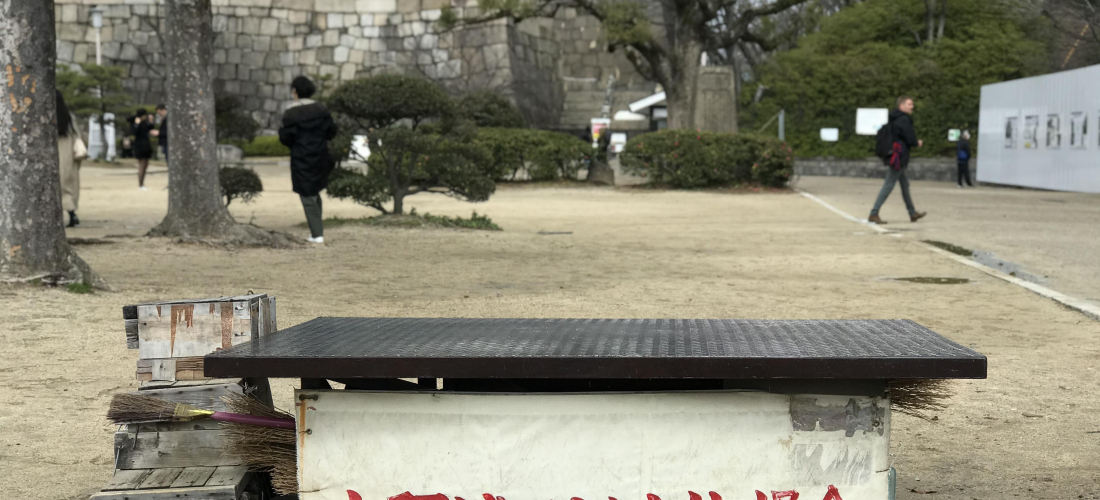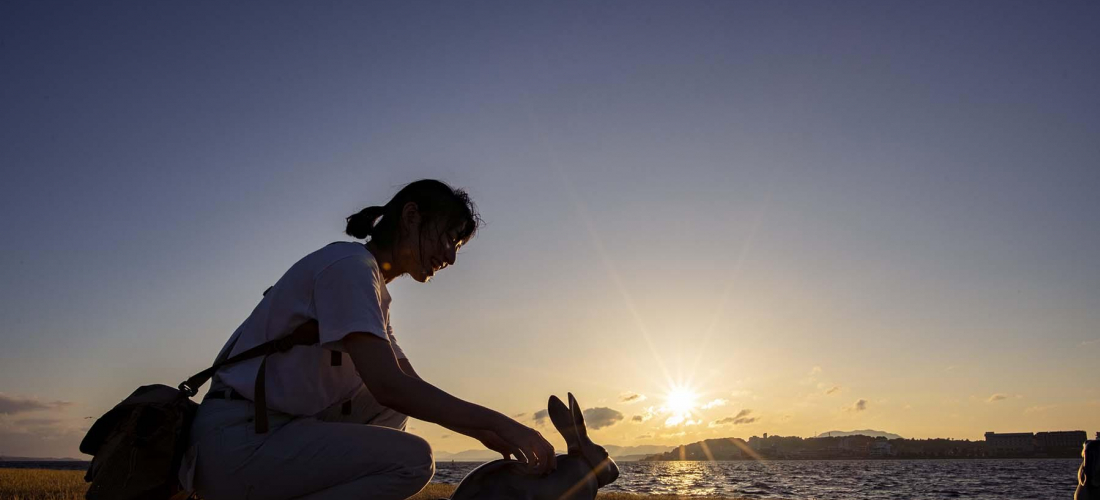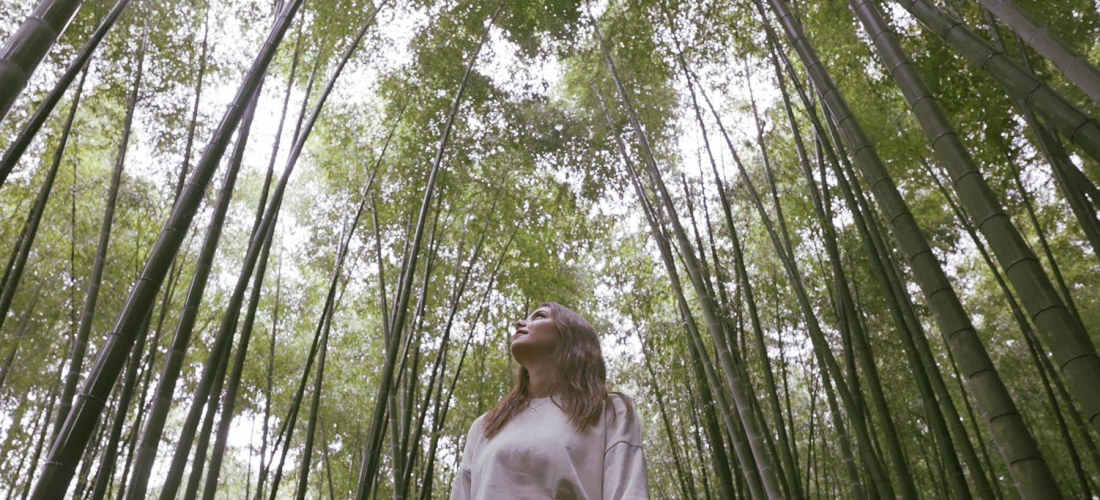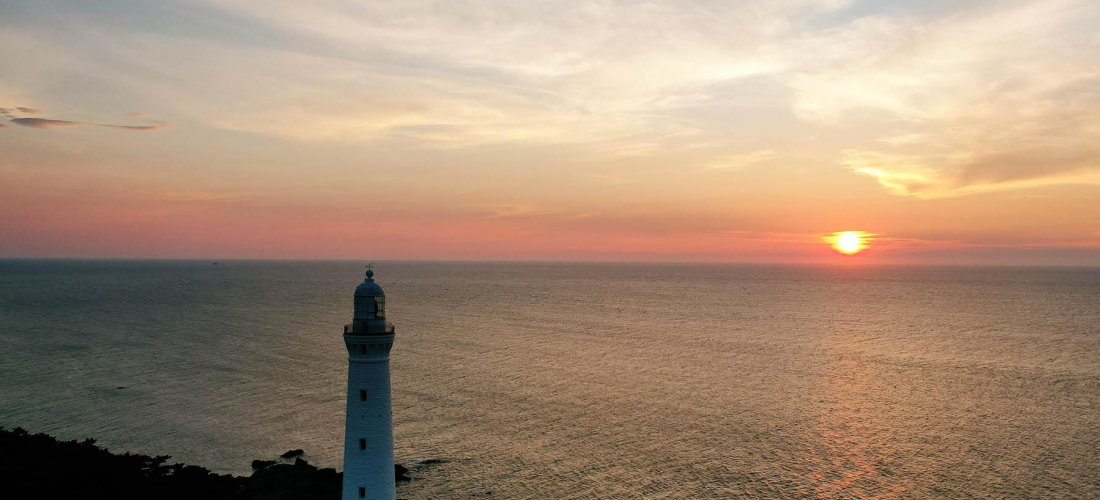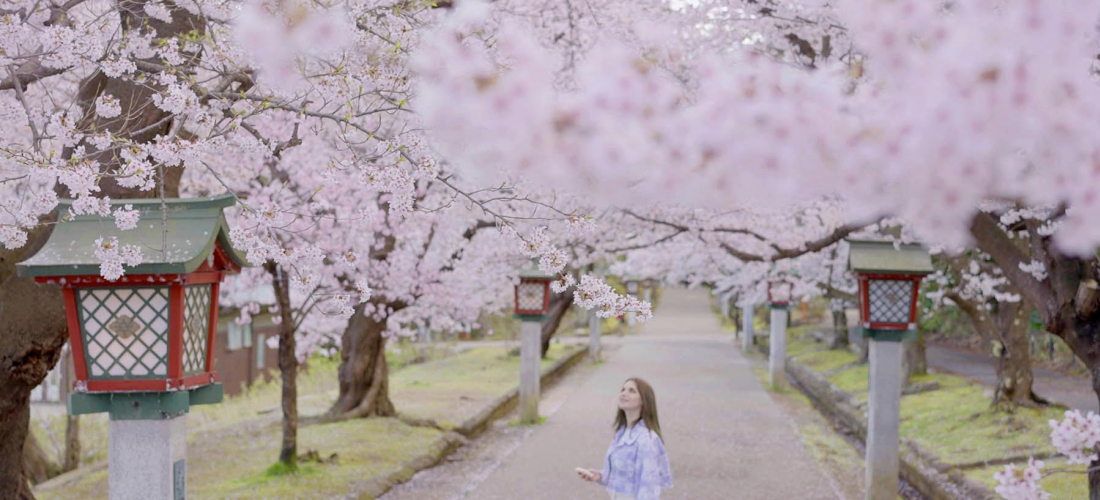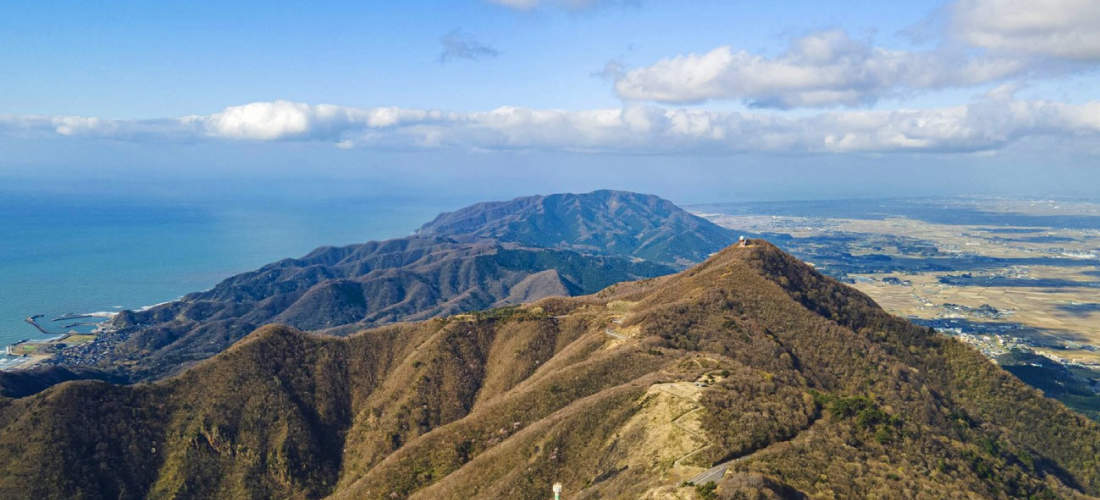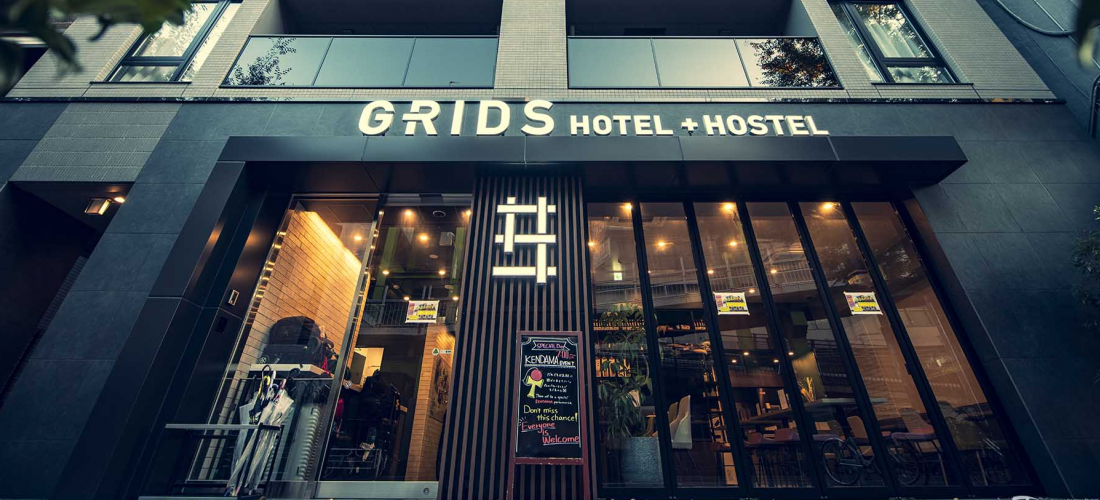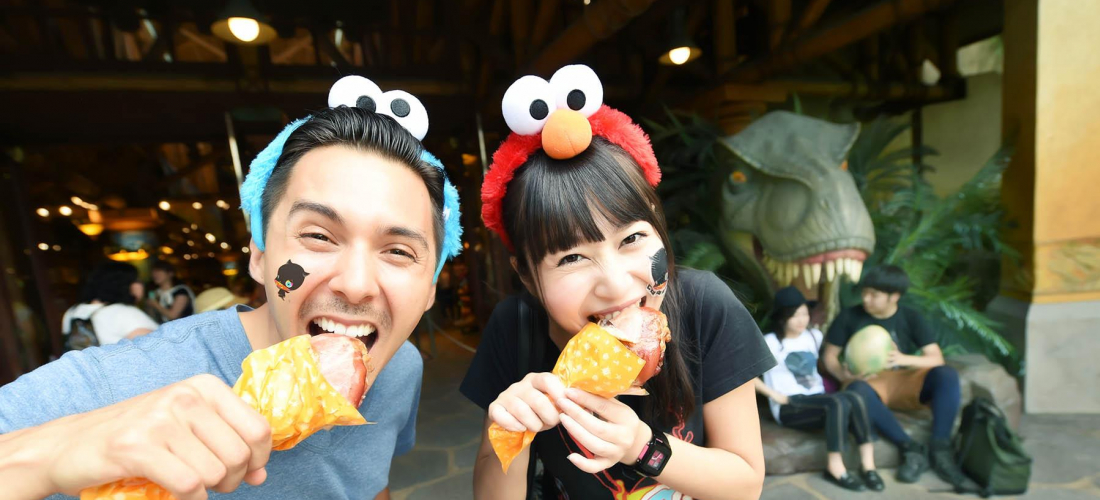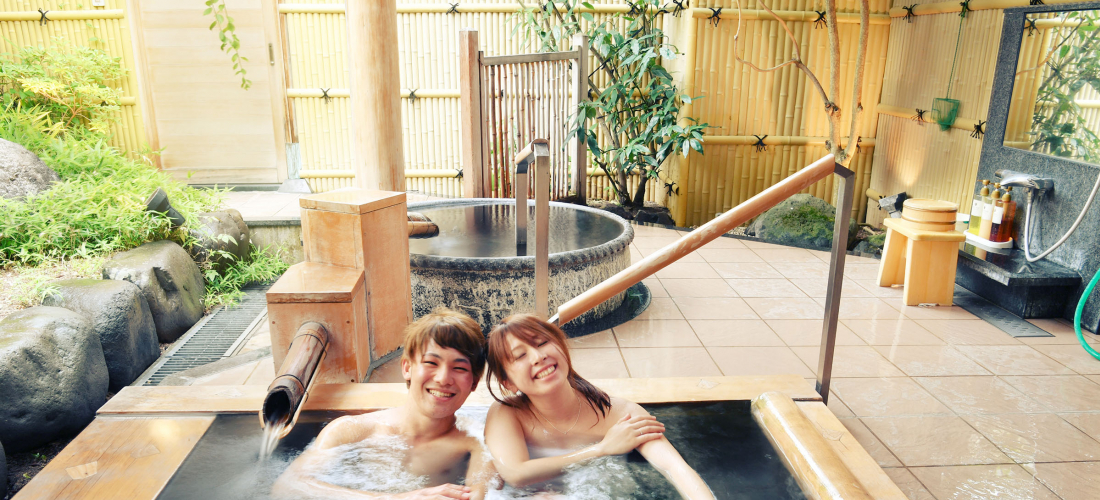CONTENTS
Rajio Taiso (ラ ジ オ 体操) ou calisthénie à la radio en bon français est une routine commune d’exercices diffusée sur la radio NHK tous les matins à partir de 6h30. Pourquoi beaucoup de Japonais participent-ils? Et où pouvez-vous vous les joindre? Jetons un coup d’œil à cette partie unique de la culture japonaise.
Rajio Taiso (ラジオ体操) ・ Calisthénie à la radio au Japon
Mais tout d'abord, qu'est ce que la callisthénie à la radio?
Il s'agit d'un programme radiophonique qui diffuse un ensemble d'exercices d'échauffement avec de la musique, et si «rajio taiso» est le nom japonais, des programmes similaires sont également populaires en Chine et à Taiwan. Au Japon, NHK, la société de radiodiffusion publique japonaise, diffuse le programme à partir de 6 h 30 tous les matins sur NHK Radio 1, et il dure environ 10 minutes. Selon Japan Post Insurance, la première émission a eu lieu en 1928 et le but était d'améliorer la santé du grand public au Japon. Depuis lors, cette tradition de Rajio (= radio en japonais) Taiso a été incorporée dans de nombreuses routines matinales des Japonais.
L'avantage de ce programme d'exercices est qu'il a été conçu pour que des personnes de tout âge puisse le faire seule, sans équipement requis. Tout le monde, des enfants aux personnes âgées, peut participer, et il existe même des versions que vous pouvez faire assis.
L'ensemble du programme d'exercice du rajio taiso est divisé en deux sections. La première partie vise à améliorer la condition physique de toute personne à tout âge, et la seconde moitié est conçue pour améliorer la force musculaire, en ciblant principalement une jeune génération de la population. Vous pouvez voir un schéma détaillé de chaque mouvement utilisé dans le programme de callisthénie standard dans ce PDF officiel de la NHK! (Ou regardez les vidéos ci-dessous.)
Pouvez-vous vous réveiller à 6h30? Il existe de nombreux endroits où vous pouvez participer à la callisthénie radio à travers le Japon, en particulier les parcs publics, où des foules se forment souvent pour faire du rajio taiso ensemble. Ci-dessous, vous pouvez voir des dizaines de personnes rassemblées dans le parc d'Ueno, toutes en train de faire des étirements matinaux en même temps!
Ne vous inquiétez pas, même si vous manquez celui du matin, les gens se retrouvent aussi pour le rajio taiso l'après-midi.
Où puis-je essayer le rajio taiso?
Comme nous l'avons mentionné ci-dessus, les parcs sont des endroits populaires pour le rajio taiso, et le parc d'Ueno est un endroit particulièrement célèbre! Si vous séjournez à Asakusa, le parc Ueno n'est pas trop loin et il est proche de sites comme Yanaka, Sendagi et le quartier de Nezu (également connue sous le nom de quartier de Yanesen), donc après avoir terminé votre exercice tôt le matin, vous pouvez vous promener dans la région. Vous pouvez aussi visiter le parc Kinshi à la place, qui est encore plus proche d'Asakusa. (Le parc Kinshi accueille également un marché aux puces populaire tous les mois, donc avec un peu de chance, vous pouvez faire de la callisthénie à la radio, puis commencer la journée avec un peu de shopping!)
Cette tradition remonte à des décennies, avec des familles individuelles ou des villes entières se réunissant pour la diffusion du rajio taiso, en particulier les jours de vacances et en été. Parfois, ils sont dirigés par une véritable communauté de radio-callisthénie, comme celle du parc Ueno (gérée par la communauté Ueno Park Radio Taiso) ou celle du parc du château d'Osaka (gérée par la communauté de Osaka Castle Radio Taiso). La callisthénie radio est toujours très populaire, diffusée à la radio, à la télévision et même sur YouTube!
A vous d’essayer!
Jetez un oeil à cet enregistrement de l'émission télévisée NHK rajio taiso (techniquement "terebi taiso" parce que c'est à la télé!), Et essayez ces simples callisthénies chaque fois que vous en avez envie.
Vous pouvez également consulter les vidéos de rajio taiso téléchargées sur la chaîne YouTube officielle de la NHK (partie 1 et partie 2), ou toute une variété de vidéos de callisthénie à la radio ici, avec Pokemon, des mascottes japonaises, même Hello Kitty.
Si jamais vous avez la chance d'aller rejoindre l'un des grands rassemblements rajio taiso (ou si vous avez essayé simplement chez vous!), Dîtes-nous ce que vous pensez de l'expérience, et suivez-nous sur le twitter, instagram, et facebook de Japankuru!
Details
NAME:Rajio Taiso
COMMENT
FEATURED MEDIA
VIEW MORE
Tokyo Shopping Spot Recommendation: New Balance Kichijoji #newbalance #newbalancekichijoji #newbalancejapan #japanesesneakerheads #shoppinginjapan #japantrip #도쿄여행 #도쿄쇼핑 #뉴발란스 #일본한정 #일본패션 #日本購物 #日本買衣服 #NB #日本時尚 #東京購物 #รองเท้าnewbalance #นิวบาลานซ์ #รองเท้าผ้าใบ #ช้อปปิ้ง #คิจิโจจิ #japankuru

See Kyoto Clearly With Your New Glasses #japankuru #kyoto #jins #교토여행 #진즈 #京都 #교토수족관 #가모가와 #kamogawa #kyotoaquarium

The First Japanese Converse Flagship: CONVERSE STORE HARAJUKU #japankkuru #conversejp_pr #conversejapan #harajuku #tokyotrip #converse #tokyoshopping #匡威 #帆布鞋 #東京購物 #原宿 #日本時尚 #일본쇼핑 #일본컨버스 #일본한정 #하라주쿠 #일본패션 #일본스트릿 #รองเท้าconverse #รองเท้าผ้าใบ #ช้อปปิ้ง #ฮาราจูกุ #คอนเวิร์ส

Japanese Makeup Shopping • A Trip to Kamakura & Enoshima With Canmake’s Cool-Toned Summer Makeup #pr #canmake #enoshima #enoden #에노시마 #캔메이크 #japanesemakeup #japanesecosmetics

⚔️The Robot Restaurant is gone, but the Samurai Restaurant is here to take its place. Check it out, and don't forget your coupon! 🍣신주쿠의 명소 로봇 레스토랑이 사무라이 레스토랑으로 부활! 절찬 쿠폰 발급중 💃18歲以上才能入場的歌舞秀,和你想的不一樣!拿好優惠券去看看~ #tokyo #shinjuku #samurairestaurant #robotrestaurant #tokyotrip #도쿄여행 #신주쿠 #사무라이레스토랑 #이색체험 #할인이벤트 #歌舞伎町 #東京景點 #武士餐廳 #日本表演 #日本文化體驗 #japankuru #japantrip #japantravel #japanlovers #japan_of_insta

Japanese appliance & electronics shopping with our KOJIMA x BicCamera coupon! 用JAPANKURU的KOJIMA x BicCamera優惠券買這些正好❤️ 코지마 x 빅 카메라 쿠폰으로 일본 가전 제품 쇼핑하기 #pr #japankuru #japanshopping #kojima #biccamera #japaneseskincare #yaman #dji #osmopocket3 #skincaredevice #日本購物 #美容儀 #相機 #雅萌 #日本家電 #일본여행 #면세 #여행꿀팁 #일본쇼핑리스트 #쿠폰 #일본쇼핑 #일본브랜드 #할인 #코지마 #빅카메라 #japankurucoupon

Odaiba's DiverCity Tokyo Plaza is home to the famous real-size 20m-tall Unicorn Gundam, and the popular shopping center has even more Gundam on the inside! Check out the Gundam Base Tokyo on the 7th floor for shelves upon shelves of Gunpla, and the Gundam Base Tokyo Annex on the 2nd floor for cool anime merchandise. Both shops have tons of limited-edition items! #pr #odaiba #tokyo #tokyotrip #japantrip #japantravel #PR #divercity #divercitytokyoplaza #tokyoshopping #gundam #unicorngundam #gundambasetokyo #anime #otaku #gunpla #japankuru #오다이바 #다이바시티도쿄 #오다이바건담 #건담 #일본건담 #건프라 #건담베이스도쿄

